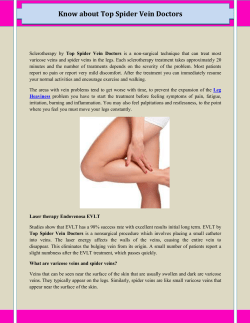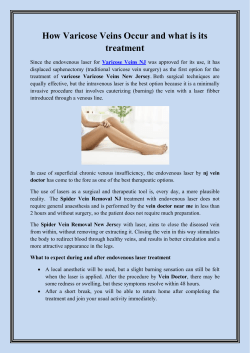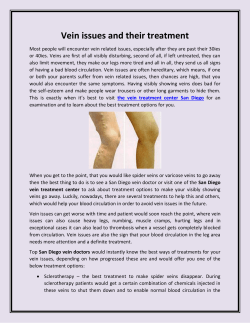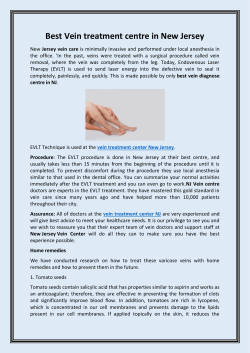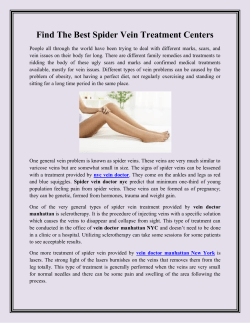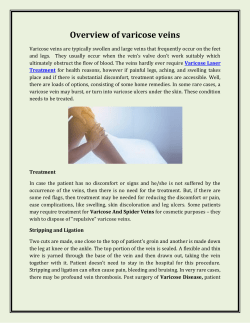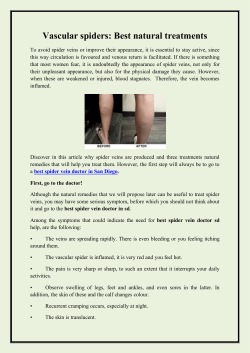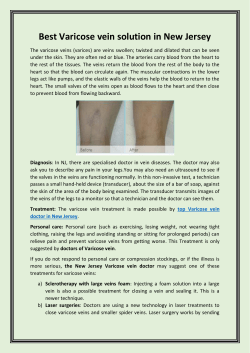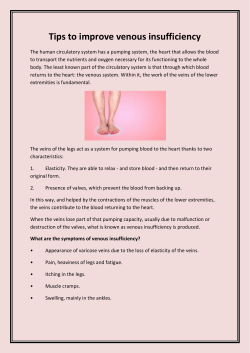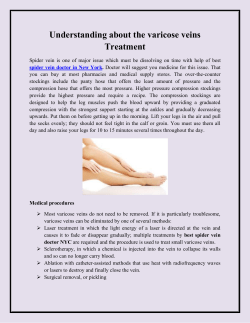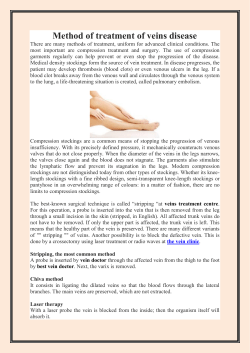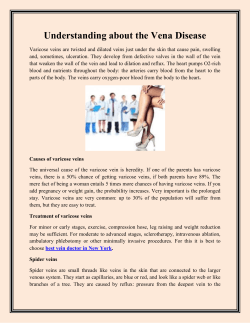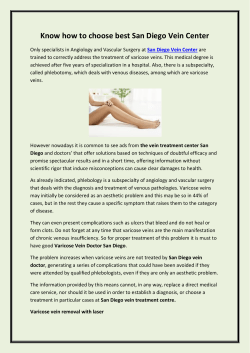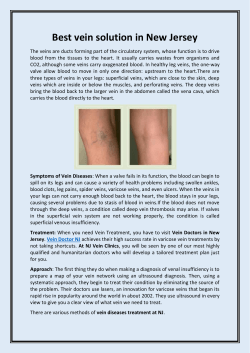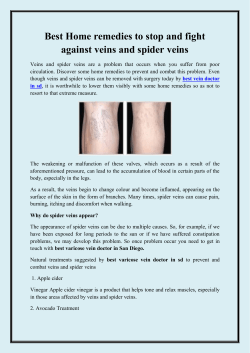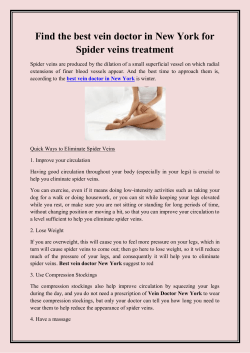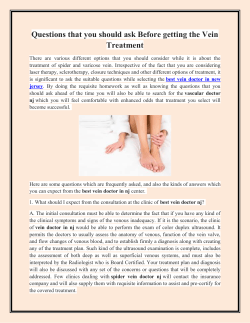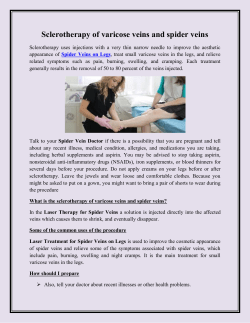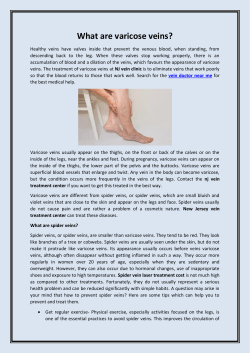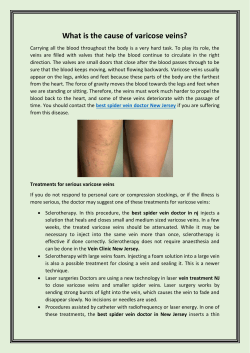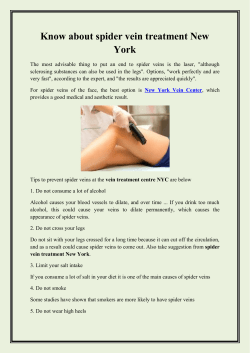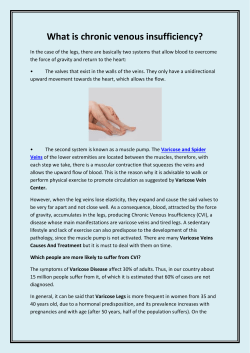
Best Spider vein solution in New Jersey
Best Spider vein solution in New Jersey Spider (Varicose) veins are venous dilations that are characterized by preventing the blood from returning effectively to the heart (venous insufficiency). They are produced by an alteration of the venous valves, which by not closing properly cause the blood to accumulate in the veins, causing them to dilate. Any vein in the body can degenerate into a varicose vein, although those most likely to be affected are those of the legs, especially those of the calves. They affect women more than men. Origin: Dilation of the veins at any level, from veins and superficial capillaries in the skin (called telangiectasias) to deeper veins under the skin (called varices) can have multiple causes, from congenital disorders in children, increase in venous pressure in women pregnant women and other causes such as a poor venous function acquired over time, often in hereditary form, that is, they were also present in some of the parents. In any case, disorders of the function of the veins can produce both aesthetic and functional problems. Treatment: Until a few years ago, treatment was not possible in cases of superficial veins or it included surgery with results that are difficult to predict in the case of varicose veins. In New Jersey, Spider vein doctors has developed the lasers and also better sclerosing agents have been added to the treatment alternatives, which cause the contraction of the veins where it is applied permanently. There are various methods of treatment of spider vein diseases in NJ. Methods: 1. Hygienic-dietetic measures (avoid overweight, use elastic stockings, avoid sources of heat and tight clothing,) 2. Phlebotonic: They increase the resistance of varicose veins and improve blood circulation. 3. Sclerotherapy: It is performed in veins of small calibre (<3mm), known as spider veins, veins in rocket burst, telangiectasias or venalities. Generally treated for aesthetic reasons.It consists in the injection of a sclerosing substance that causes the inflammation of the walls of the vein and causes the light to be obliterated. It is usually performed without anesthesia . 4. Percutaneous Laser: It is possible thanks to NJ spider vein doctors who made great selectivity for haemoglobin (pigment that gives the blood red colour), fact that allows that all the energy of the laser can be directed specifically towards this "target" pigment. The light produced by the laser is absorbed by the blood vessels, generating heat inside them, and destroying them without damaging the surrounding tissues. It is used for the treatment of telangiectasias or spider veins. It does not usually require anesthesia. 5. Endovenous surgery techniques: The doctor inserts a small diameter optic fibre into the affected vein.The laser beam obstructs the affected vein. 6. Radio frequency (VNUS Closure): This technique involves inserting a catheter into the affected vein, fitted with an electrode that allows the temperature to rise to 85º.In this way the catheter reheats the affected vein which is completely obstructed. This technique is performed under local anesthesia. 7. Cryotherapy: It consists in the excision of varicose veins by cold cryotherapy (cryostripping), the probe is inserted through an incision to the place of failure and the varices are removed. It is done under local anesthesia usually. All these methods are the best solution for spider vein diseases. This is made possible by Spider vein doctors in New Jersey. If you want to know best solution regarding spider vein diseases, you must have to consult spider vein doctors at New Jersey.
© Copyright 2025
